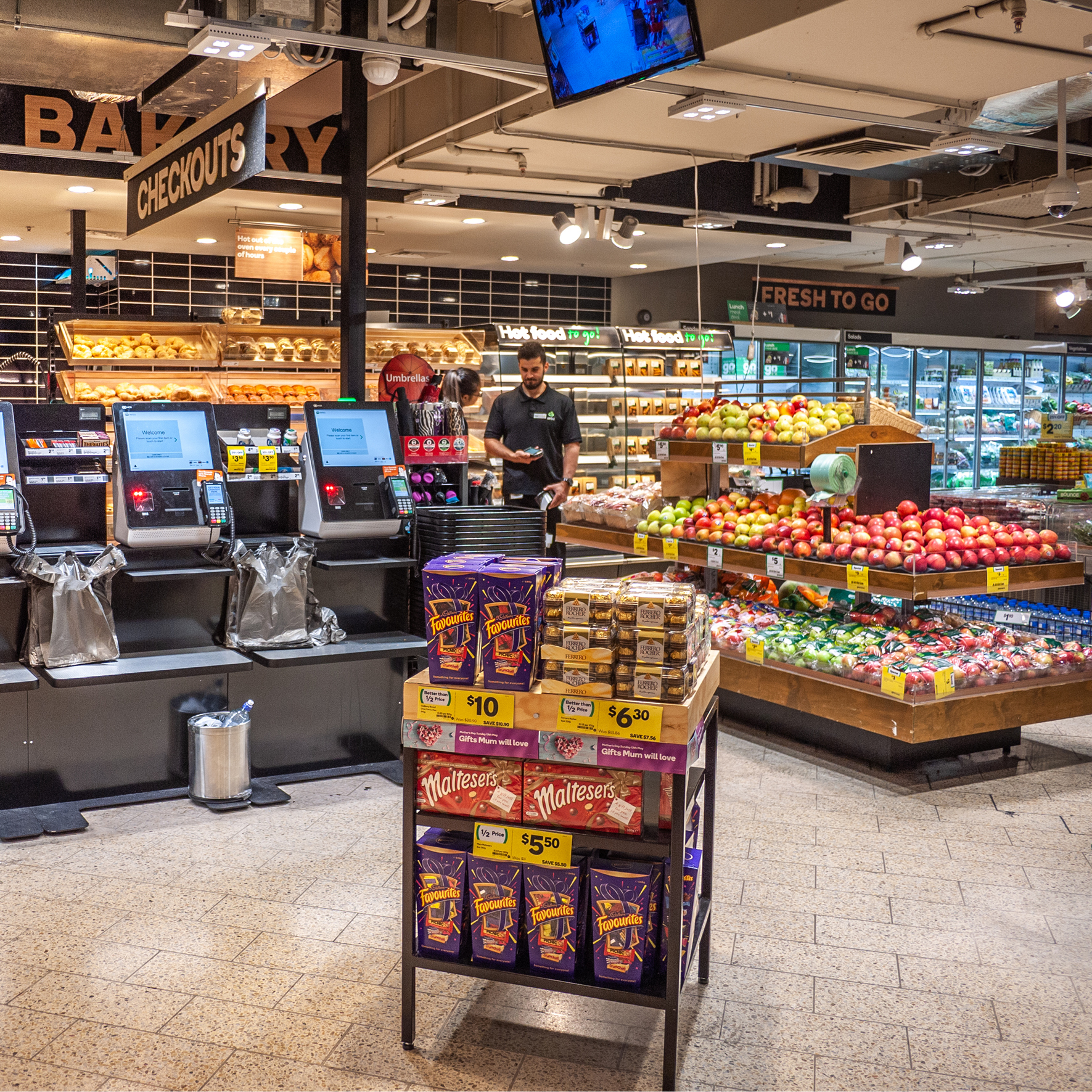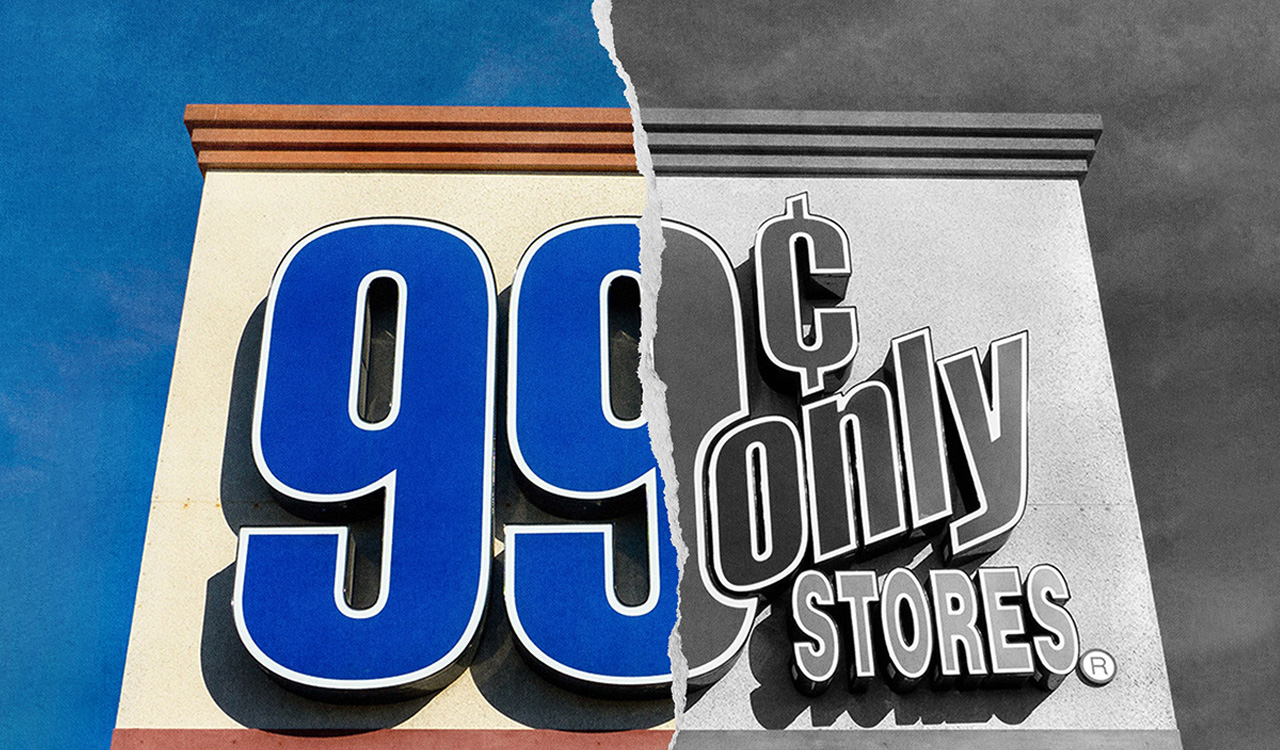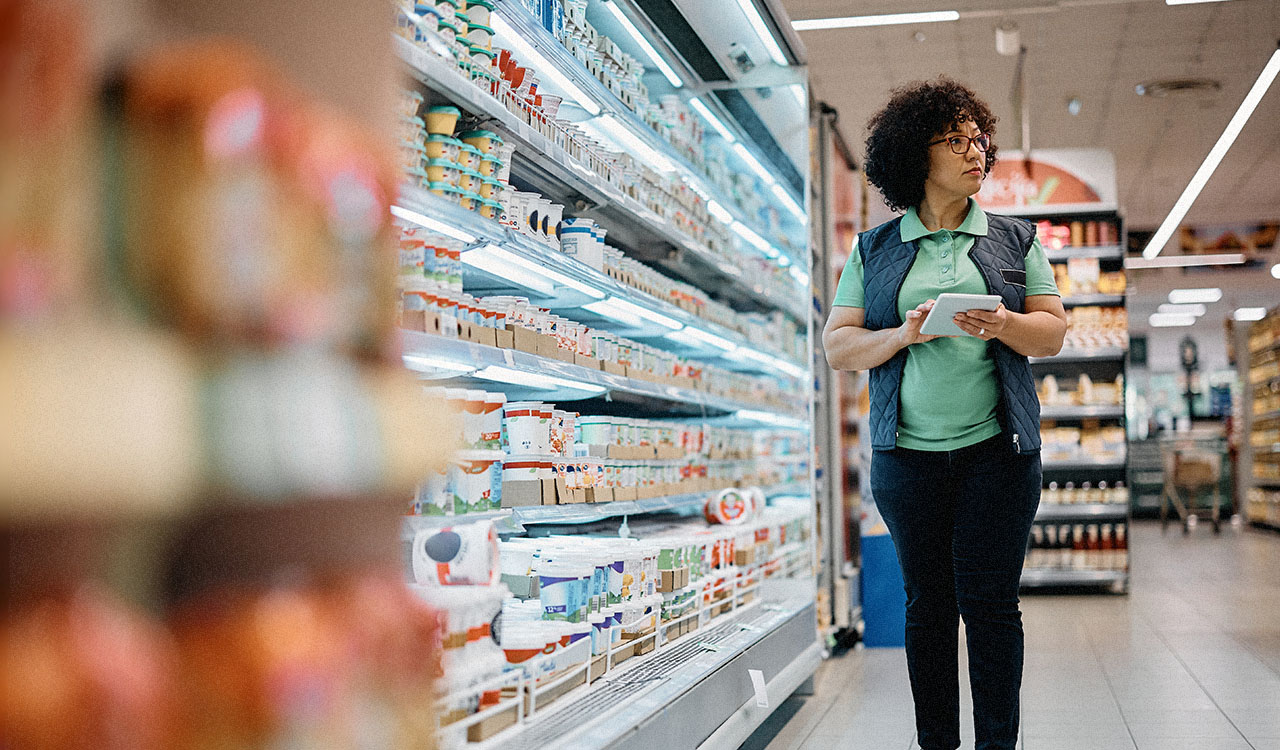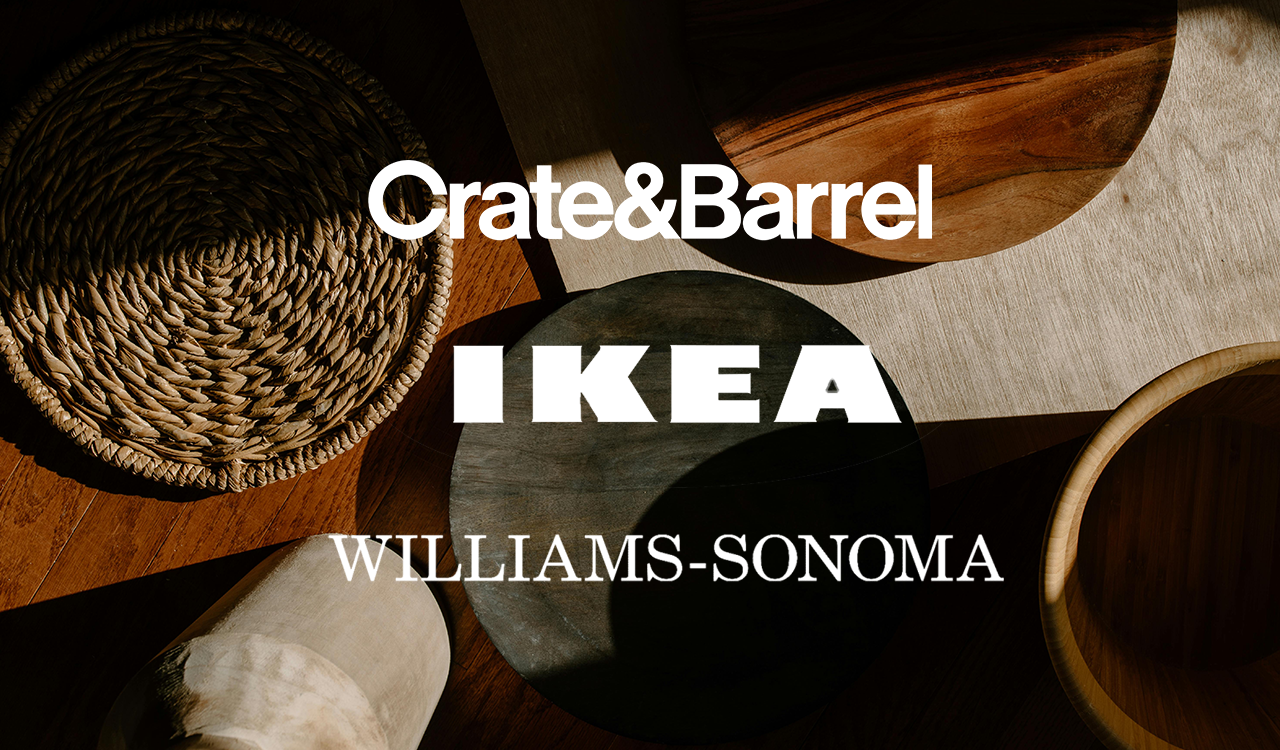Looking back on NRF 2023, many of us were relieved that it didn’t focus on the Metaverse and NFTs this year. CEOs on the keynote stage talked about getting the stores right with better locations and optimal formats. Exhibitors and retailer attendees advocated for technologies that truly optimize the box. As I walked an average of five miles a day through the show floors, there was plenty of tech aimed at brick-and-mortar innovation. So, what’s the takeaway? Everything old is new again, only more so enabled by emerging technologies.
Faster market growth will go to the companies that can take the new things they learned during Covid and use them to amplify important pillars of their strategy. By weaving them into their systematic operations, retailers can deliver consistently great customer experiences.
Trendwise
In addition to the abundant tech solutions at the show, we noticed several key trends.
Getting Physical.
The trend for digitally native and direct-to-consumer brands going physical amplifies the importance of brick-and-mortar locations. Ethan Chernofsky of Placer.ai called out the trend of “taking it to the streets” as shoppers return to old routines or start new ones. He pointed out that brick-and-mortar presence is critical for DTCs and DNBs looking to build brand awareness, streamline distribution, and drive consumer engagement. Lucille DeHart of Columbus Consulting agreed that reinvention of the store is key to optimizing physical retail in the context of unified commerce. “It’s at the core of brand definition and differentiation. Robotic automation, from manufacturing to delivery will play a key role.
Security vs Service.
Despite all the new solutions that can enhance retail precision and performance, the experience on the streets of Manhattan offered a different view. Security was evident everywhere and, in some instances, the product was inaccessible behind lock and key. Chain drugstores in particular have added more barriers to more product categories, making it impossible to shop without a staff member. Customer service is dysfunctional when shoppers watch in disbelief as staffers leave their registers to help other shoppers access relatively mid-priced items such as shampoo and hairbrushes. I saw one visibly agitated shopper who had been waiting to purchase large bags of chips abandon her items as the associate didn’t return to the register for what seemed an eternity. Seriously, when Oreo cookies are locked behind bars, the industry must reconcile customer experience with security. While tracking shopper traffic isn’t new, behavioral data continues to be optimized on multiple fronts. I spoke with Dan Natale, VP of Clients at Kepler Analytics. He offered a different scenario. “Consumer presence, where they are in the store and their movement patterns helps retailers place their associates in the right place. This can address the ‘Oreos behind bars’ issue. The in-store data then optimizes the customer experience.”
Checking Out.
Neil Stern, CEO of GoodFood Holdings put it succinctly, “Many of the trends we saw on the show floor aligned with our initiatives. Solutions that offer frictionless (or no-line) stores to deal with the reality of fewer available frontline workers are important to us. As high-quality grocery operators in neighborhood locations, we also see increasing customer preference to control the shopping process. We’re looking at all aspects, from self-checkout to fully autonomous stores to deliver on these issues.”
I reached out to Corin Denninson Head of Retail Risk/Profit Protection at adidas and Principal Consultant at Insight Retail Risk to shed some light on the exponential growth in fraud. Like luxury goods and designer apparel, the athletic footwear category has been repeatedly hit by fraud and counterfeit schemes. According to Denninson, effective retail fraud prevention is a balance between offering consumers a frictionless experience and protecting product. “Current global socio-economic conditions are clearly driving an increase in dishonesty and theft within retail. This in turn challenges the traditional trading environment. In order to reduce the P&L impact, retail risk professionals must innovate. The challenge is to provide business solutions that mitigate the ‘new norm’ risks while delivering on consumer-centric retailing.” Stern added that smart vending ( showcased at NRF by a number of companies including VSBLTY and ViaTouch) and the Zabka autonomous store powered by Synerise at the Microsoft booth could be part of the solution to protect high value/high-theft merchandise.
Facial Recognition.
So, what AI tech is being leveraged to protect stores? Dave Jenkins of IterateAI described how NCR and other major infrastructure providers at NRF were touting their facial recognition capabilities, especially in loss prevention. Almost all the solutions he described were centered on facial recognition of so-called ‘known shoplifters’. The practice is ethically questionable, and it will just be a matter of time before legislation prohibits these practices. Therefore, facial recognition can’t be a long-term solution to loss prevention.
Computer Vision.
Computer vision that tracks products and watches the shelves is a scalable and ethical solution to facial recognition issues. Inventory can be tracked from the shelf to the point of sale. “If something’s missing in the count, then we can alert managers to an abnormality. Tracking body language and posture can assist in this tracking while avoiding the facial recognition ethics conundrum,” explains Jenkins. He adds that tracking products with computer vision AI (versus tracking people) could be part of the solution both in retail and warehouse environments.
Abuse Prevention.
An unintended consequence of fraud vigilance is the number of legitimate consumers who are turned down for transactions. Ecommerce can create as much friction in the shopping experience as locked products in the local drugstore. Companies such as Signifyd offer “abuse prevention” software to shoulder the payment risks from retailers. New applications for machine learning in the fraud prevention arena facilitate conversions and customer experienc.
Media Networks.
Most retailers are looking to build out their retail media networks for incremental revenue. But unlike the old days, customer experience is the cornerstone. Kristi Argilyan, head of Albertson’s Media Collective, talked about the “invisibility” of retail media as a criterion for success as they seek to reduce in-store friction. Aaron Dunford, the Sr. Director of Digital and Marketing at Nordstrom resolved it quickly by saying “We don’t see a tradeoff between advertising and customer experience – customer experience wins.”
Partnerships.
As Walmart’s GoLocal is well underway supporting local business partners as a delivery service, a number of partnerships have emerged that align one organization’s capabilities with another’s logistical needs. Helping the larger boxes in the “pre-owned” world is on the rise. Following Real Real’s partnership with Burberry, Paige Thomas, CEO of Sak’s off Fifth talked about their entry into this category with the help of Rent the Runway.
Connecting the Dots.
In an era where consumers demand an enhanced experience across all formats and platforms, retailers have to connect multiple technology systems and understand how operations, inventory, security and loss prevention align with and ultimately support a true customer-centric experience. Stern states that AI is driving smarter stores and smarter decision-making but also pointed out that some of the obvious steps needed to get there, like improving and lowering the prices of technology. He adds, “What will be key is creating the Connected Store where these processes are not independent from one another but work together seamlessly. All of the tech exists, but it does not necessarily talk to each other yet.”
The Store Is Back
From an analyst’s perspective, the market is rewarding companies that stay true to what they do (less metaverse and more spreadsheets). Bryan Gildenberg, Managing Director N.A., Retail Cities said that retailers at NRF talked about focusing on core strengths and integrating their business models to allow those strategic choices to best come to life. “Most businesses have growth goals that exceed how their respective categories grow as a whole. So faster market growth will go to the companies that can take the new things they learned during Covid and use them to amplify important pillars of their strategy. By weaving them into their systematic operations, retailers can deliver consistently great customer experiences.” This may be the guiding principle for a retail industry faced with a myriad of new technology solutions, rising costs, the challenges of loss prevention, and the mandate for enhanced customer experience.




